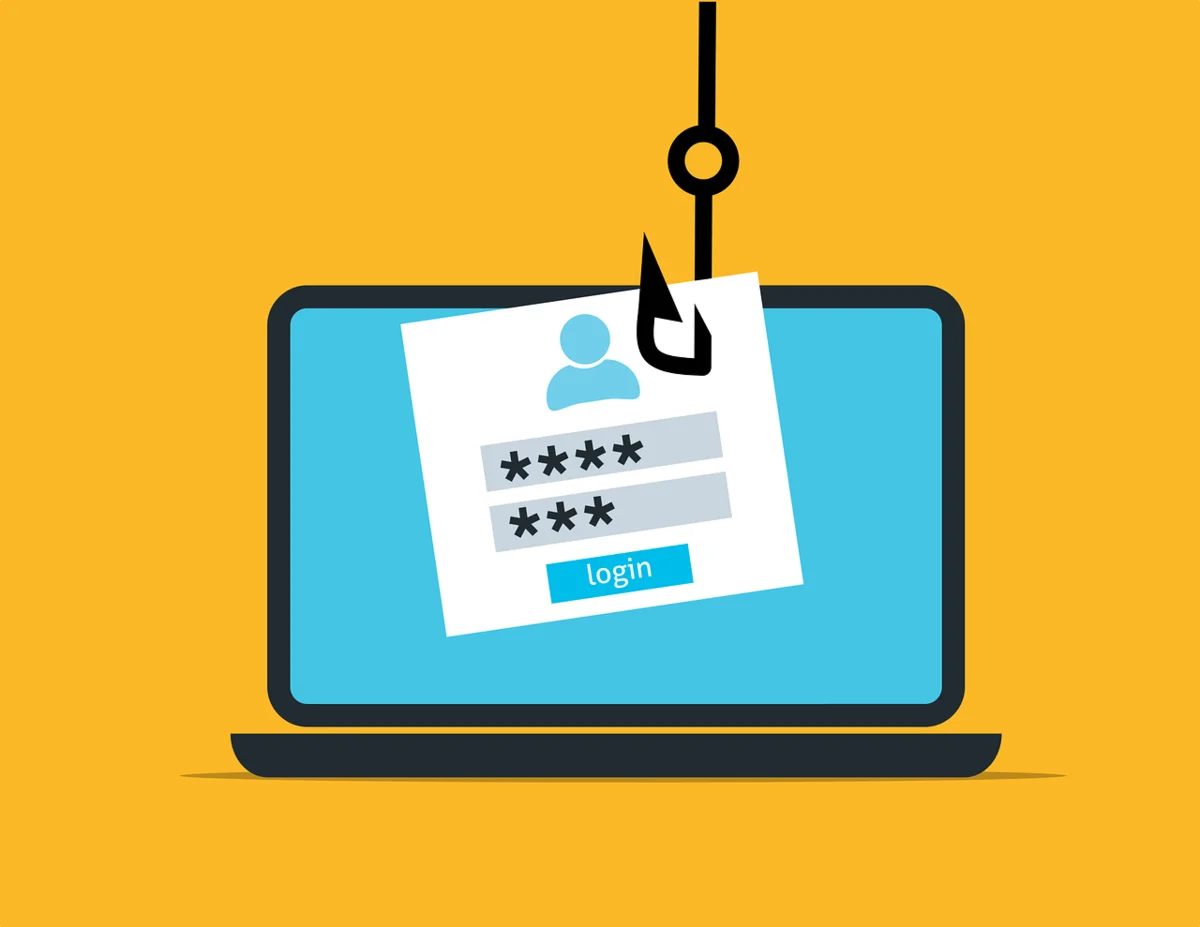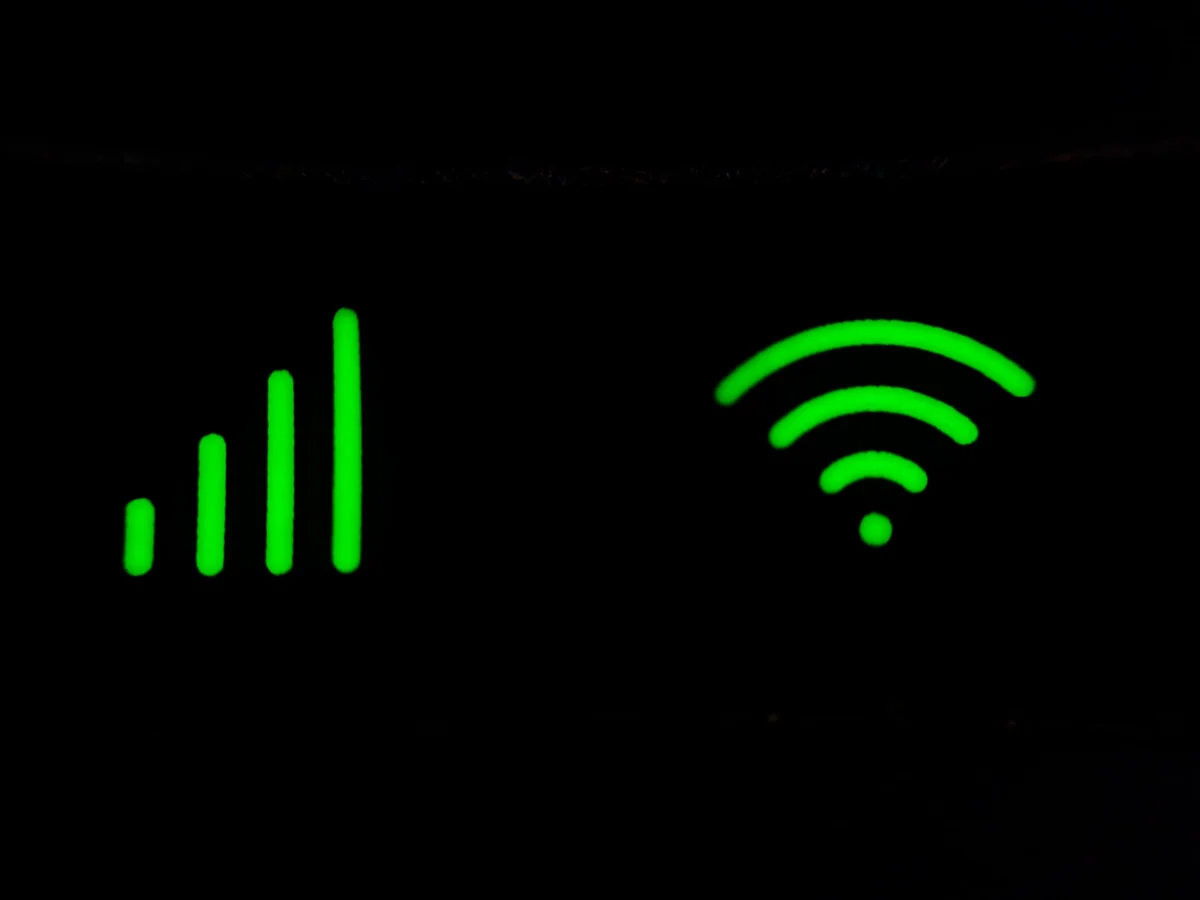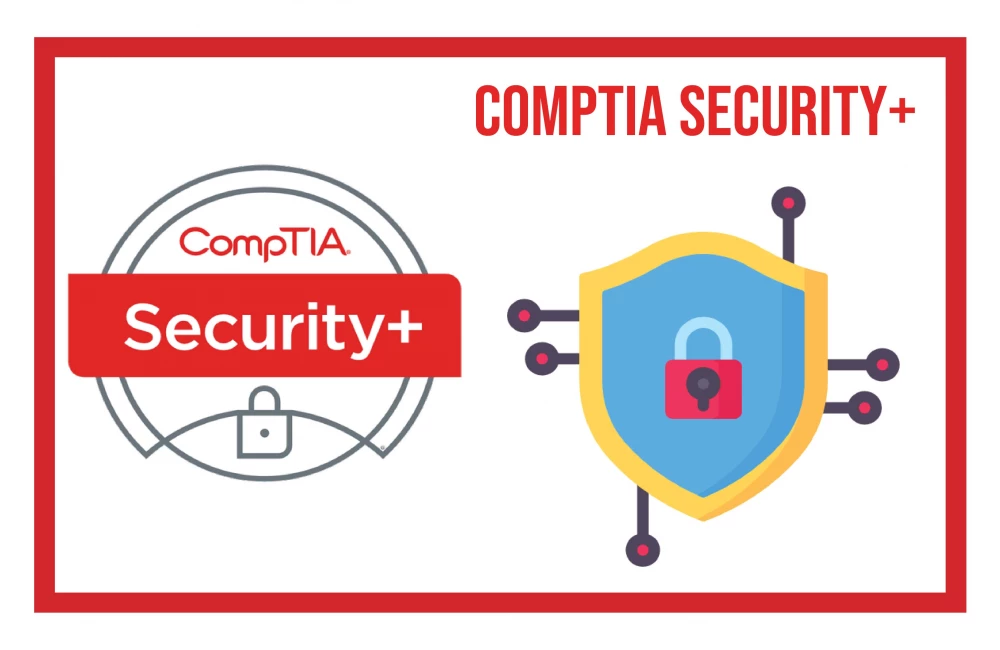The Most Common Phishing Scams That You Should Know About
Phishing is a type of cybercrime that involves sending emails that appear to be from legitimate companies in order to get login information or other sensitive information from the recipient.
The 10 Most Common Phishing Scams
1. Fake PayPal account email
Recently, there have been reports of fake PayPal account emails being circulated. These emails pose as a legitimate notification from PayPal, and ask the recipient to verify their account. However, if you receive an email like this, please do not click on the link in the email. Instead, contact PayPal directly to verify your account.
2. Fake eBay account email
Recently, a number of people have reported receiving emails from an eBay account that claims to be from the company. The email asks for personal information, such as credit card numbers and passwords. If you received this email, please do not respond. eBay is aware of this scam and is working to prevent it from happening again.
3. Fake bank account email
Phishing is a scam where someone tricks you into giving them your personal information, such as your bank account number and password. Recently, there has been an increase in phishing emails that appear to be from banks. The email asks you to update your login information or make a new payment, but instead of taking you to the legitimate bank website, the phishing email takes you to a fake website that looks exactly like the real bank’s website. These fake websites are designed to look like they are the official bank website, but often times they will ask for your personal information before letting you login or make a payment. If you receive an email that looks like it is from your bank and asks for your personal information, don’t give it out! Instead, contact your bank directly to confirm that the email is legitimate.
4. Fake Facebook account email
There is a new trend on social media platforms, specifically Facebook, of people creating fake accounts to impersonate others or spread misinformation. This can be done by either cloning an existing account or creating a new one with the same name and profile picture as someone else. Once the fake account is created, the individual can start sending out malicious emails in an attempt to deceive friends and followers into clicking on links or responding to messages. The goal of these emails is usually to obtain personal information or steal money from unsuspecting recipients. It’s important to be cautious about who you share personal information with online, as phishing attempts are always possible. If you suspect that your Facebook account has been compromised, please reach out to Facebook for assistance.
5. Fake LinkedIn account email
Phishing, also known as social engineering, is a type of scam where criminals attempt to trick victims into revealing personal information. One popular way to phish people is by sending them an email that looks like it comes from a trusted source, like a colleague or friend. The email may ask the victim to click on a link or enter personal information. If the victim falls for the phishing scam, they may be vulnerable to identity theft or other malicious activities.
6. Fake Google account email
Are you receiving unsolicited email that looks like it comes from Google? This could be a phishing scam, where the email looks official but actually contains a malicious payload. If you don’t recognize the sender or the email doesn’t feel right, please report it to Google Security.
7. Fake Twitter account email
A recent study has shown that almost one in five Twitter users have received a fake email from an unknown sender. The email looks official, with the subject line “Twitter Update” or something similar, and requests access to your Twitter account. In most cases, the email is actually a phishing scam designed to steal your login credentials and other personal information.
If you receive an unexpected email asking for access to your Twitter account, don’t reply or give away any personal information. Instead, contact Twitter directly to verify that the email is legitimate and ask for help removing any suspicious content from your account. If you do fall victim to a phishing scam, be sure to report it to the authorities as soon as possible.
8. Phishing website that looks legitimate
A phishing website that looks legitimate can be a dangerous place for users to visit. The website might look like the real thing, with the same layout and branding, but there could be hidden danger lurking underneath. For example, the site might ask users to input their personal information or login credentials, only to then steal that information and use it for malicious purposes.
Phishing websites are often created with the express purpose of stealing user data, so it’s important that users are vigilant when browsing the web. If you think you’ve been exposed to a phishing website, don’t hesitate to report it to your antivirus software provider or security company.
9. Spoofed or infected email attachment
A recent study found that nearly a third of email recipients open an attachment from an unknown sender. This is especially common with spoofed or infected email attachments, as the recipient does not expect to receive a malicious file. In order to avoid becoming a victim of phishing, always be suspicious of unsolicited emails and do not open any attachments unless you are sure who sent them and why.
10. In-person meeting
Phishing is a technique used by cyber criminals to obtain personal information, such as login credentials and account numbers. Criminals often use phishing emails to try and get users to visit a phony website where they are then asked to disclose personal information.
There are two types of in-person meetings: face-to-face meetings and remote meeting. Face-to-face meetings are more risky for the phisher because it is easier for victims to recognize them and remember their appearance. This is why most phishing schemes use fake emails that look like they were sent from someone the victim knows (like a friend or family member).
Remote meeting phishing schemes work differently. The criminal sets up a fake website that looks exactly like the real one (with the same branding, logos, etc.). The only difference is that the site asks for user authentication details (like passwords) instead of personal information. They then use these stolen credentials to log into other accounts on the internet or launch malicious software on victims’ computers.
How to Avoid Phishing Emails
Phishing emails are a common way for criminals to obtain personal information from unsuspecting users. Phishing scams can be very sophisticated, and they often use the appearance of legitimate emails from well-known companies or organizations in an attempt to trick recipients into revealing confidential information.
Here are some tips to help avoid being phished:
- Be especially careful about emails that ask for personal information, such as passwords or credit card numbers. If you don’t know the sender, don’t respond to their email. Instead, contact the company or organization directly via their official website or social media account.
- Always be suspicious of unsolicited messages that ask you to click on a link or open an attachment. If something looks too good to be true, it probably is! Don’t give out personal information unless you’re absolutely sure who you’re talking to and what they’re asking for.
- Be alert for any signs that an email might be a phishing scam: if the email is sent from an unexpected source, if the content looks suspiciously copied and pasted from other websites or emails, if there is any kind of malware attached to the email, or if the email asks for money or other sensitive information.
- If you think you might have been hacked, take steps to protect yourself: change your passwords, install antivirus software on your computer and mobile devices, and avoid clicking on links in unsolicited emails.
What to do if you Fall Victim to a Phishing Scam
If you’re ever contacted by someone who seems to be from your bank or other reputable organization, and they ask for your personal information, you need to be very careful. Phishing scams are common, and many people fall victim each year.
Here’s what you need to do if this happens to you:
- Don’t give away any personal information until you’ve verified the person is from your bank or other reputable organization.
- If the person insists on getting your personal information, ask them for a phone number or email address so that you can contact them directly. Do not give them your personal information over the phone or online.
- If you think you might have been hacked, take steps to protect yourself: change your passwords, install antivirus software on your computer and mobile devices, and avoid clicking on links in unsolicited emails.
Conclusion
Phishing is a common type of cybercrime that can be very dangerous. By understanding the most common phishing scams and how to avoid them, you can protect yourself and your information.




